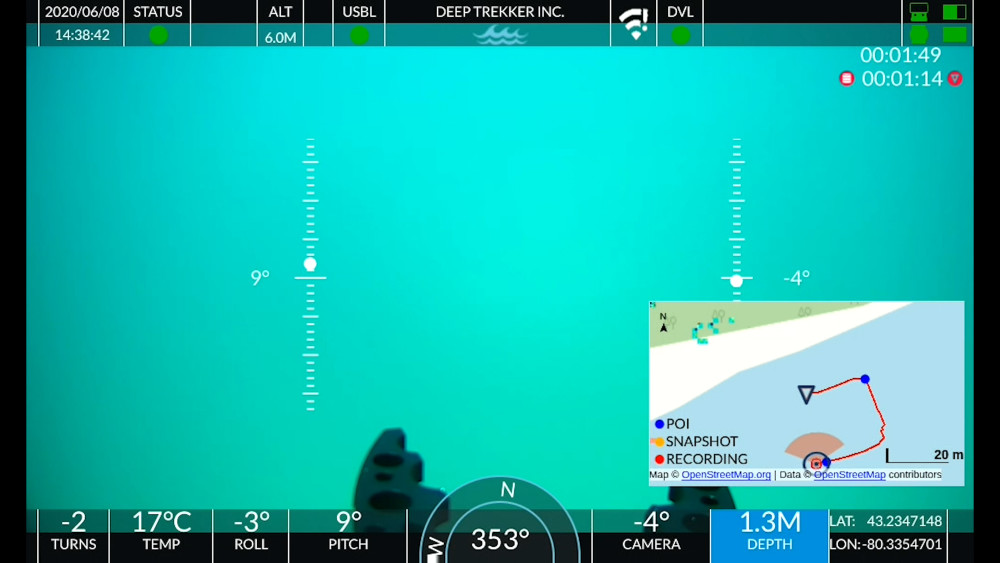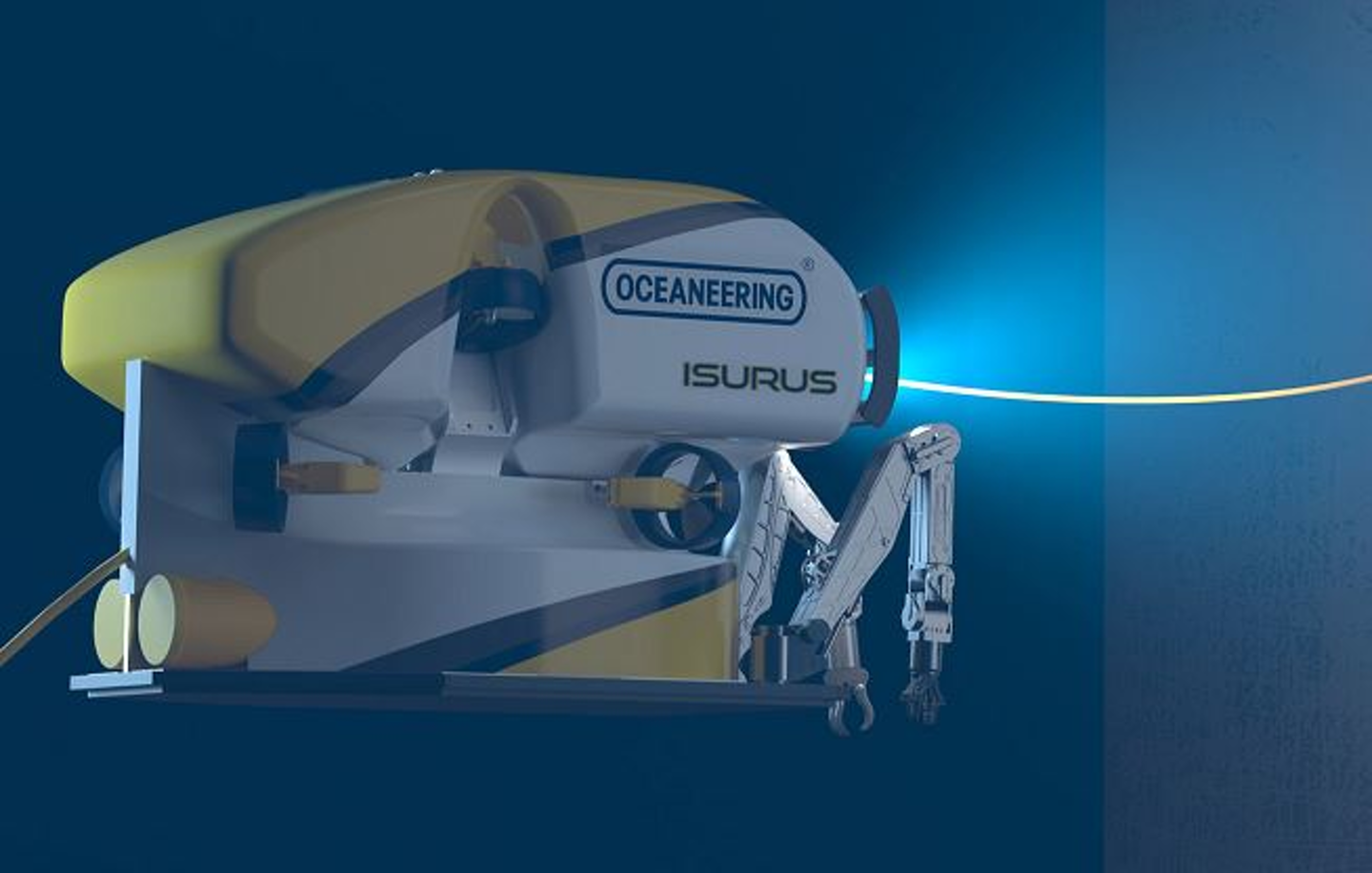Home › Forums › ROV › ROV Technical Discussions › lim tripping prob
- This topic has 55 replies, 20 voices, and was last updated 16 years, 1 month ago by
barrowmafia.
-
AuthorPosts
-
March 8, 2008 at 12:00 am #16257
Ray Shields
ParticipantSo IOMAndyB,
Is current leakage or Ground fault not on the sylybus at FW?
What do they say about isolations?
Scary questions?
I’m a newbie too, New to ROV’s but not to electronics or hydraulics for that matter. Hopefully you will be properly trained before you work with me!
Now now 😀 I didn’t want to say anything, as the question was what was a Bender – not what is a LIM.
Tho I would be interested what the syllabus at FW did teach about Ground Faults or Line Insulation Monitors especially any little hints and tips e.g. were you taught that you must disconnect a LIM before carrying out an insulation check with a megger otherwise you stand a good chance of blowing the LIM?
March 8, 2008 at 12:47 am #16258deevalue
ParticipantYeah the LIM is not showing a fault !!
Is it cos some F@@@ wit has blown the inside out of it or is it because there actually isn’t a problem?
March 8, 2008 at 9:30 am #16259barrowmafia
ParticipantHi,
As a rule, if the LIM is displaying a fault, there will be a fault. If the LIM is not displaying a fault, there may still be a fault, but because the system does not trip, we can continue with the dive. I have tested systems before and found low IR to earth, but the LIM has not displayed it. Why, I dont know.
In the manual it recommends that you disconnect nodes etc then power back up and see if it trips. I would always megger the system first. The megger is a calibrated bit of test equipment, the LIM is a protection device. One thing is for certain, the megger will not lie, unless the batteries are down or it is out of calibration.
You can tell the LIM is not accurate because if you do have a fault, the system will trip within a different time scale each time, but the same value of fault is present thoughout. If the LIM was accurate, it would trip straight away, provided that the fault is constant.
The trouble with the falcon, is that everything is connected to a single supply. With say, a tiger, if the camera whip is loose or comes off, the system will not trip. You lose the use of that camera but it is not a showstopper. With the falcon it is a different matter. The fuse may blow but the 0V will still be down to earth. You do need to check all whips more closely than you have done with other seaeye vehicles.
If in doubt, get the heatshrink out.What is the status of the original posting?
March 8, 2008 at 10:15 am #16260Ray Shields
ParticipantDepending on the LIM in use, they tend to inject a DC voltage into the system – 250V or 500V Meggers tend to find faults more due to the higher voltaghe. As was said, the LIMS are not there to measure resistance accurately as such, they are a last ditch protection device.
If you megger a Bender (certainly the IRD1007’s) they tend to show you theyre fecked by staying indicating a full scale short and a DC fail alarm.
I’m doing a Seaeye course a week Monday, be interesting to find out how they work 🙂
March 8, 2008 at 10:23 am #16261Andy Shiers
ParticipantI have not come across the LIMs being at fault (Excuse the Pun 😀 )
In regards to Seaeye Vehicles , The fault has always been a DC to ground ( In otherwords , it’s doing it’s job correctly ) or AC due to muppets twisting the TMS entrance round 95 % of the time or Bad Tether Termination.March 8, 2008 at 10:59 am #16262barrowmafia
ParticipantHi,
Ive never meggered across a LIM,but if you put a fluke across the dc connections, you get 3Mohm. I was testing a system once and found this, so i asked seaeye to confirm this was an as built state, they tested one while on the phone to me and they confirmed.
I think they do put small ac voltage down and monitor the return via the earth.(as said in previous post)
One thing to watch with the latest systems with TMS, is that, while testing the system, if you disconnect the sub and deck lead harting, megger between to DC+ and DC – (ROV), you will get 17Kohm. This is the relay coil within the TMS epod. On older systems the relays were operated by the AC supply. Bear this in mind, as you may still think you have a fault. I think this values are right, but i haven’t done that for a while.March 8, 2008 at 11:04 am #16263Andy Birchall
ParticipantThey do cover ground fault and current leakage, but not in great, great detail.
March 31, 2008 at 10:36 pm #16264Rhodes
ParticipantHey,
you say that you have the same probleme at only 8omts, did you check at 80 mts of ombilical, ho knows you probably have a leak right there!!!
Or it could be the pressure…the temp etc
Having heard all these interesting advises, you are still probably testing, and checking everything.
Please let us know, how you managed or not ?!
Regards 💡 💡March 31, 2008 at 11:30 pm #16265flyingduck
ParticipantWere you having a problem with the lim tripping before the reterm?
Could be something as simple as a misplaced cut on the tether when you were doing the reterm and the comms problem before the reterm was another problem
April 1, 2008 at 8:48 am #16266Andy Birchall
Participantwere you taught that you must disconnect a LIM before carrying out an insulation check with a megger otherwise you stand a good chance of blowing the LIM?
It wasn’t mentioned in direct reference to a LIM, but the fact that the Megger uses a fair old voltage meant that we certainly did discuiss the effects of connecting one up to something that has electronics that could be damaged by such voltages.
I’m a newbie too, New to ROV’s but not to electronics or hydraulics for that matter. Hopefully you will be properly trained before you work with me!
That sounds like a job offer…lol.
April 1, 2008 at 10:17 am #16267barrowmafia
ParticipantWhen using the megger, always disconnect from the topside. Don’t be worried about the voltage produced by the megger.Match the megger voltage with the operation voltage of the system. The megger is simulating the voltages that are present on the system by turning it on in the first place.
When using the megger the important thing to remember are the connections that you put the megger on. As a rule, if you megger the dc- or dc + to earth, you will "see" the fault. Don’t megger across the dc- and dc+ with the sub connected. With the falcon, all nodes can be meggered. Seaeye recommend that the dc-,dc+,tele+,tele- are bonded together and the megger is connected across this bond and earth. -
AuthorPosts
- You must be logged in to reply to this topic.



